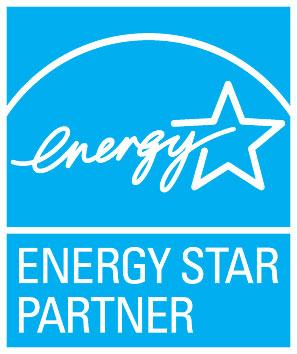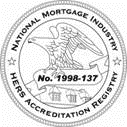A HERS-rated home has been inspected and tested throughout the construction process and given an energy efficiency performance score. Builders who utilize HERS Raters increase their credibility and have fewer warranty claims because high efficiency construction practices enhance ovrall durability. Home buyers look for HERS-rated homes because they provide better comfort, healthier indoor air quality, increased durability and a smaller environmental footprint than an average house.
What is a HERS Rating or HERS Score?
A HERS Index is a measure of a home’s energy efficiency as compared to the 2006 International Energy Conservation Code (IECC) which requires multiple inspections by a trained and certified HERS Rater. Priority Energy’s certified HERS Raters have worked with builders and architects across the United States to model and verify hundreds of single family and multi-family energy efficient homes. Priority Energy’s HERS Raters are the first step to building a high-performance home or building. To Priority Energy, high performance means your home will be comfortable, energy efficient, healthy and durable – built to last for generations.
Developed by RESNET (Residential Energy Services Network) in the 1990s and updated in 2006; the HERS Index is the nationally recognized system for determining a home’s energy use. The HERs Index software offers a baseline against the 2006 IECC code, but also offers the ability to provide performance scores against current IECC codes.
What are the benefits of a HERS Rated Home?
Builders can distinguish themselves from their competitors by constructing HERS-rated “high-performance” buildings.
Home buyers can have more confidence in their builder knowing they, themselves, have chosen to have a third-party inspect and test the project during the construction process.
The benefits of a HERS rated home include:
- Lower heating and cooling bills
- Better home comfort
- Improved durability (fewer warranty calls)
- Healthier indoor air quality
- Less greenhouse gas emissions
A home buyer’s best ASSURANCE of optimum performance and durability is a HERS certificate. In states such as Illinois, the real estate Multiple Listing Service (MLS) has been putting the HERS Score next to certified properties (under the Green option), as homes with energy efficiency features are sought after. Also, energy efficient homes often sell at a higher price than an average house on the market. Learn more at https://www.hersindex.com/benefits/
What is a good HERS score?
A good HERS Score is not hard to achieve if you start with an energy efficiency goal plan from the beginning of design. Homes built to the current 2021 IECC will typically score in the mid 50’s in the Chicagoland area; however Priority Energy has seen many Energy Star and Department of Energy Zero Energy Ready homes score at less than 50. (Energy Star requirements are more stringent and have EPA guidelines).
Construction components important to a good, low HERS score include:
- Envelope design (well designed drainage, insulation and air sealing, energy efficient windows and doors)
- Properly sized and installed heating, cooling and ventilation equipment
- Vents and leak-free ductwork
- Efficient hot water heater design
- Energy efficient appliances and lighting
Priority Energy can help builders and home buyers create energy efficient, low-scoring HERS-rated homes, which can also offer the builder incentives, such as the recently extended 45L tax credit.
How Do I Get a HERS Rating?
Building design and planning are the keys to a good HERS score. The process actually begins before construction starts.
Priority Energy’s HERs Raters will review the building plans for a single family or multifamily project. We will create an Energy Model from the drawing, considering the location, utility rates/types, number of occupants, windows, insulation, air sealing, the HVAC system, orientation and other factors to establish a projected energy use. While not required, we also strongly recommend an ACCA Manual J/S/D also be prepared for the heating and cooling equipment sizing to minimize future issues – it’s critical that an energy efficient home’s mechanicals are properly sized and installed.
The Energy Model and the Manual J report allow our HERs Raters to present different combinations of energy efficiency measures, or component trade-offs, to be tested until the desired performance (and budget) goal is met. This is also helpful for making sure homes will qualify for energy efficiency rebates or tax incentive programs.
Once construction has begun, framing is complete and the house has dried, but before insulation, the HERS Rater will make a visit to the home for a “Rough Inspection” of the building envelope for tightness and proper air sealing. After the insulation has been installed and before drywall, the Rater will return for the “Insulation Inspection”. Was the proper insulation used, and in the correct locations? Was the insulation applied in the proper thickness and to manufacturers’ recommendations? Were any areas missed?
All of the home’s details are entered into the software program which includes everything from the height of the roof to the depth of the basement. The final visit made by the HERS Rater includes a duct leak test and a blower door test; after these results are recorded a HERS Index Score can be calculated.
HERS Ratings for 45L Tax Credit
Some incentive programs, such as the 45L Federal Tax credit, require builders to have an Energy Model and HERS Rating performed on their homes to verify energy efficiency qualifications. Priority Energy’s certified HERS raters have the expertise and diagnostic equipment to get this process completed for you.
Are you interested in becoming a certified HERS Rater? Visit our Building Science training page for information on our classes.












